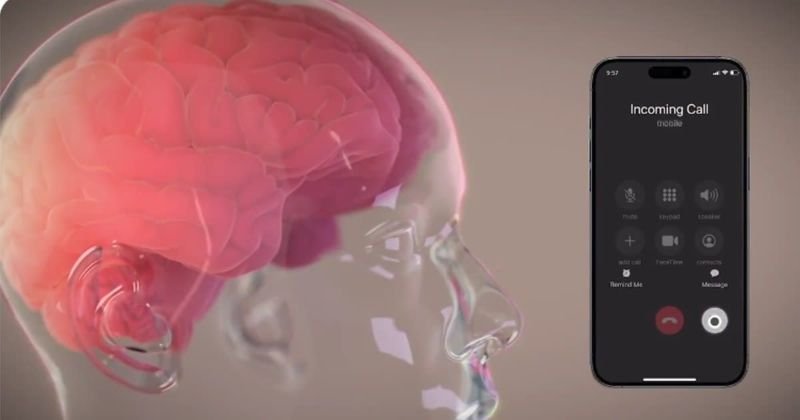Neuralink’s Latest Breakthrough: A Game-Changer for Accessibility and Inclusivity
In a recent livestream, Neuralink unveiled a groundbreaking development that has the potential to revolutionize technology and make it more accessible and inclusive. The highlight of the livestream was watching a quadriplegic man play chess on a computer simply by using his thoughts – a truly inspiring sight. This incredible feat was made possible by Elon Musk’s latest venture, Neuralink, which aims to connect the human brain to computers.
The nine-minute video showcased the company’s first human test subject, Noland Arbaugh, who is paralyzed from the shoulders down following a car accident. Thanks to the device he received from Neuralink in January, Arbaugh was able to control his computer mouse using only his thoughts. This significant development demonstrates the power of neural technology in enabling individuals to interact with computers using their minds.
Apart from playing chess, Arbaugh demonstrated his ability to turn off his laptop’s music using the neural device. He expressed his satisfaction with the results, sharing that he had been paralyzed for eight years and had previously relied on a mouth stick for computer interaction. In the video, Arbaugh proudly stated, “It’s all being done with my brain. If y’all can see the cursor moving around the screen, that’s all me. It’s pretty cool, huh?”
Neuralink now joins the ranks of companies that have successfully launched functioning brain implants, alongside Blackrock Neurotech and Synchron. While Neuralink is a relatively new player in the industry, the rapid advancements in their technology signal promising developments in the field of brain-computer interfaces.
The release of the video on Elon Musk’s social media handle comes two months after the announcement of the first human implant by Neuralink. This milestone is the result of years of research conducted by physicians and neuroscientists in the realm of brain-computer interfaces. The initial implant, known as the Utah Array, dates back to 2004 and continues to be used by Blackrock Neurotech.
Despite the impressive progress made by Neuralink, the technology is still in its early stages, with much of the study remaining confidential. In the video, Arbaugh shared insights into the process of receiving the implant and undergoing training to use it effectively. He described how thinking about moving his hand to control the computer cursor became second nature to him, likening it to using The Force to manipulate the cursor.
As Neuralink continues to push boundaries in neural technology, Arbaugh’s experience serves as a testament to the transformative potential of brain-computer interfaces. With ongoing advancements and discoveries, the future looks increasingly bright for individuals seeking innovative solutions for neurological challenges.





